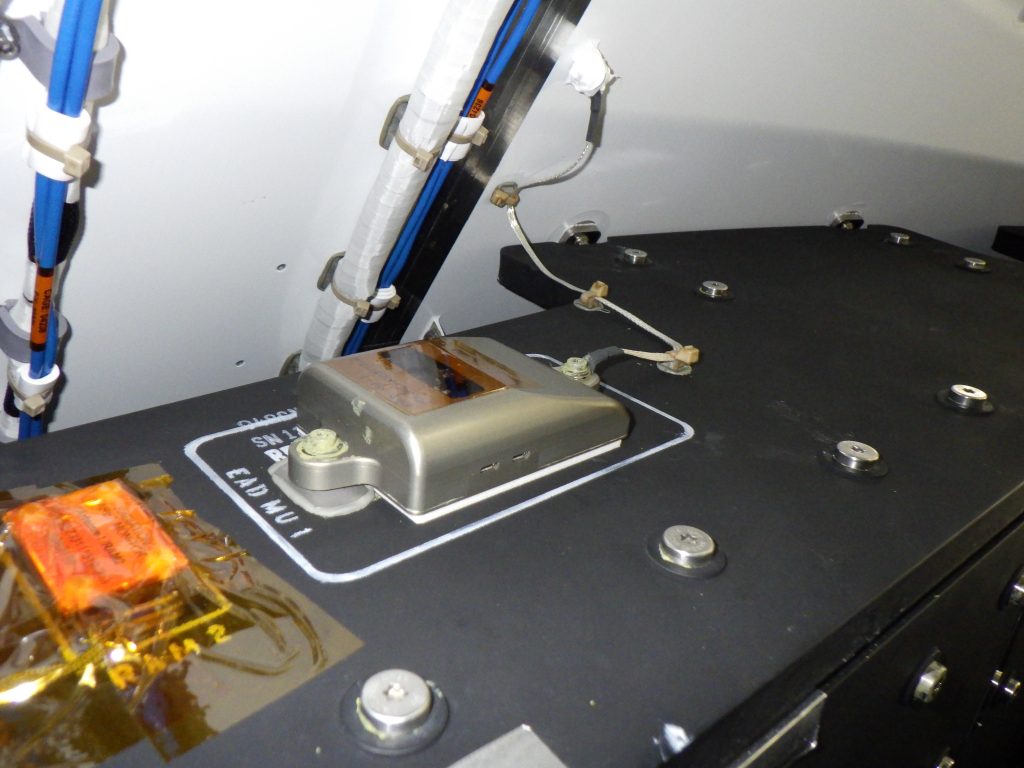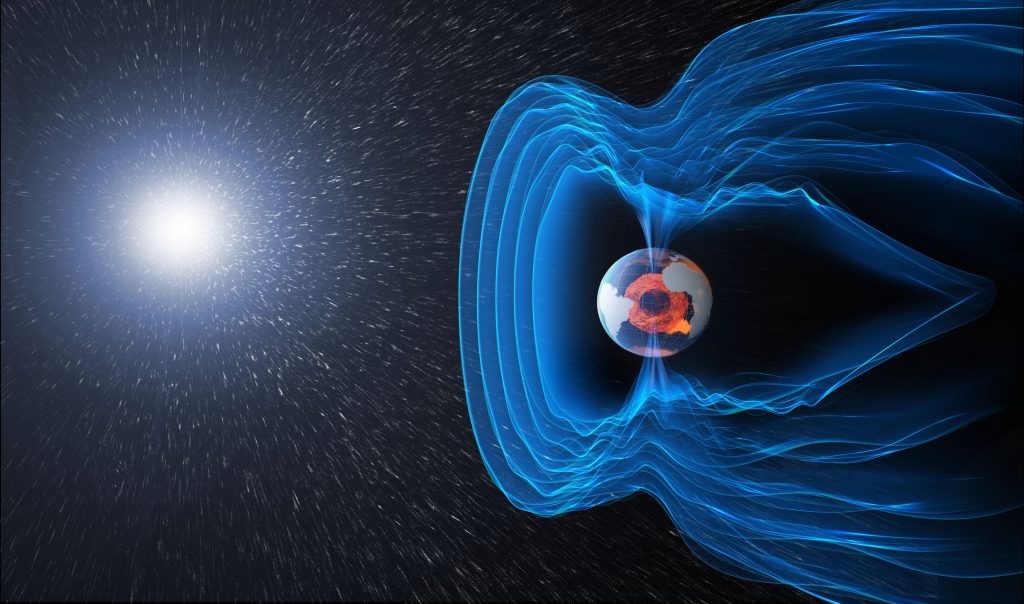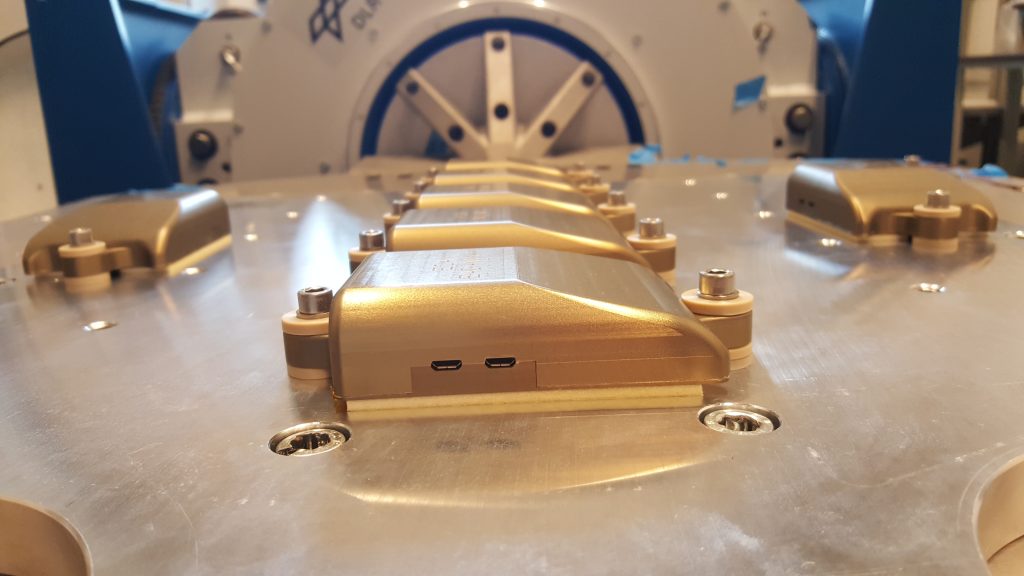Radiation sensors called ESA Active Dosimeters or EADs, were integrated into the Orion crew capsule this month. The state-of-the-art devices, each about the size of a deck of cards, are equipped with multiple sensors that will record data on the radiation environment inside the spacecraft during the trajectory to the Moon and back.
These little instruments are fixed on panels, dotted around the capsule in different locations. The technology will allow scientists to see how the radiation fluctuates during the mission, as well as showing total levels of ionising energies the spacecraft will travel through, from as far as almost half a million kilometres from our planet.

Already used on the International Space Station by ESA astronauts, European Active Dosimeters paved the way to introduce this concept to the Artemis programme.
Earth’s magnetic field and atmosphere protect us from the constant bombardment of galactic cosmic rays – energetic particles that travel at close to the speed of light and penetrate the human body.

An astronaut on a lunar mission could receive radiation doses up to 700 times higher than on Earth, triggering a heightened risk of cancer and degenerative diseases. For the first uncrewed Artemis mission, research on the radiation impact would be key for the safety of future astronauts.
The sensors will start working as soon as the Artemis rocket lifts off. Thanks to an accelerometer, the dormant sensors will wake up and start recording the radiation measurements. This is done to save precious battery power while the launcher is waiting for launch.

“Knowing that this work is a contribution to go back to the Moon, which is a very visible object in the sky, keeps the goal tangible and obtainable, and highly motivating,” says Scott Hovland, ESA’s Columbus 2030 team leader from the human and robotic exploration programme.
The results will complement those collected by the German Aerospace Center DLR and a host of NASA instruments and experiments aboard.
The Active Dosimeters were developed by ESA’s Directorate of Technology, Engineering and Quality, and have been worn by ESA astronauts on the Space Station since 2015. Their development was overseen by ESA physicist Matthias Dieckmann and supported through ESA’s Technology Programmes Office led by Udo Becker.
The development of the EAD for Orion has been done by DLR in Germany and ASRO in Finland.

 Automated Transfer Vehicle page
Automated Transfer Vehicle page ATV blog archive
ATV blog archive
Discussion: no comments